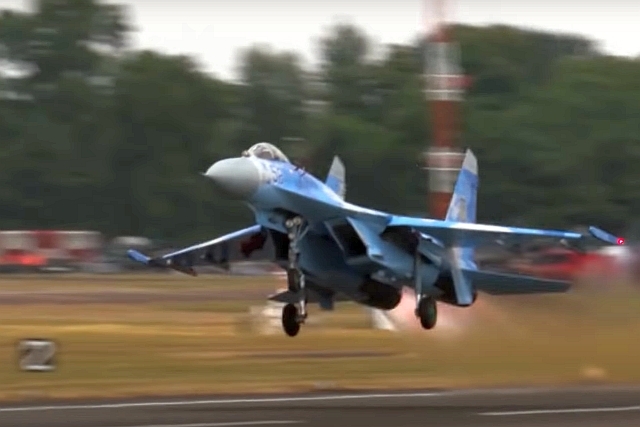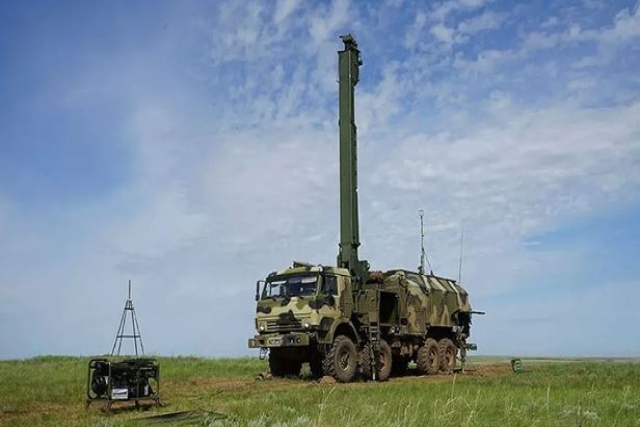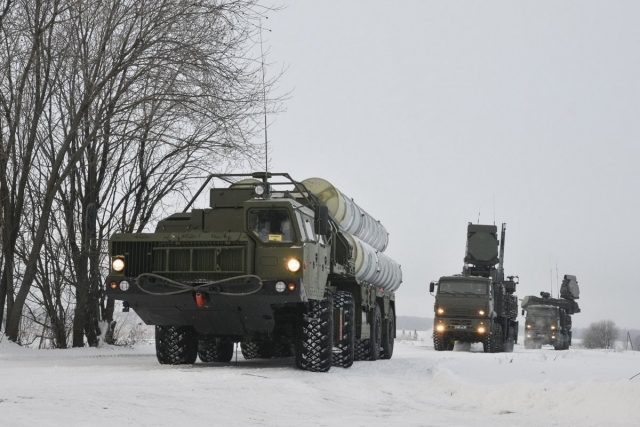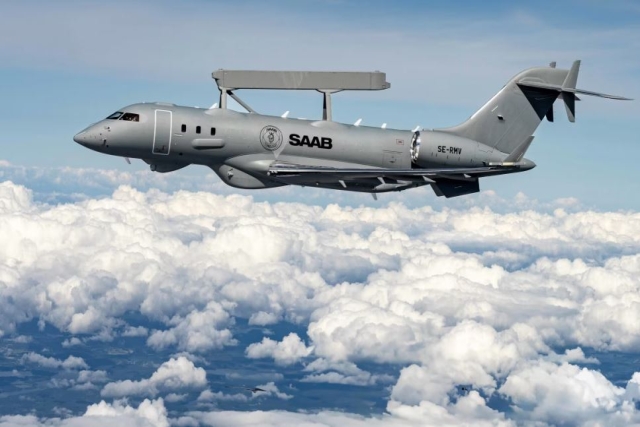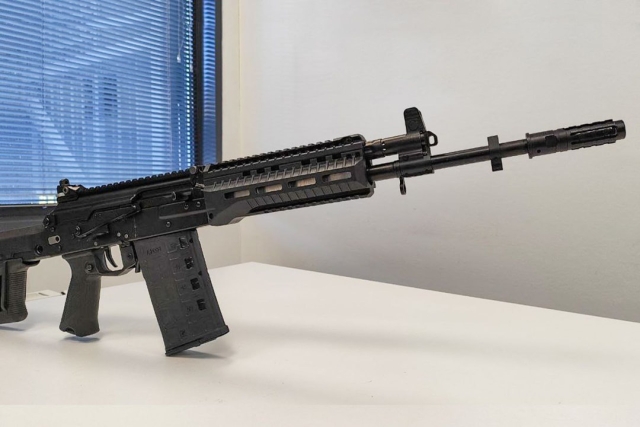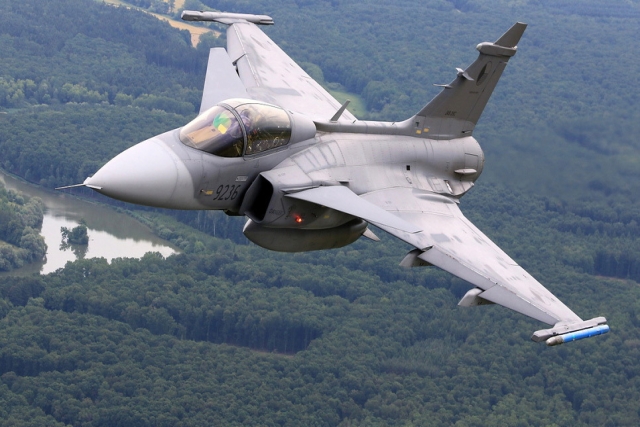Lacking Aerial Threats, Russian Air Defense Systems Shoot at Ground Targets in Ukraine
Anti-aircraft missiles hit ground targets using radio command guidance.
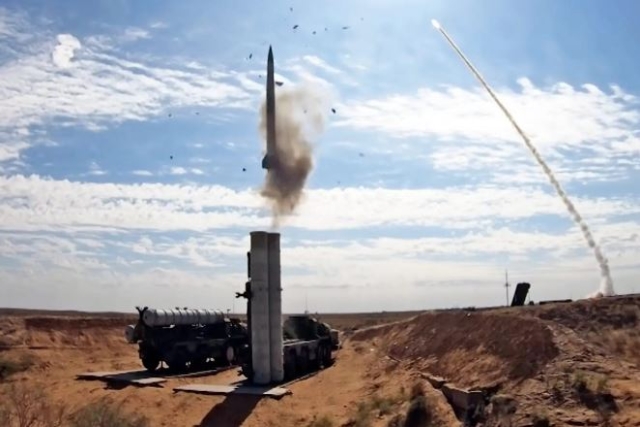
Russian forces in Ukraine are using their S-300 and S-400 air defence systems to shoot at ground targets for want of air threats.
Primarily designed to simultaneously shoot down several aircraft and ballistic missiles, the S-300 and S-400 systems have highly effective radars that can track objects flying at supersonic speed. They are now turning their gaze downwards to spot protected structures, mobile armoured vehicles or artillery formations.
The S-300 and S-400 use 5В55 or 48Н6/N6 missiles which have a semi-active homing head. Their use against ground targets such as warehouses, command posts and vehicles were first reported in summer 2022 but have intensified in recent months in the backdrop of declining combat effectiveness of the Ukrainian Air Force.
"A 48N6E missile that was launched from a S-300 or S-400 in the Kupyansky operational direction destroyed an entire enemy squad, which indicates a low Circular error probability (CEP) of about 20 m. The missile defense systems are equipped with modern INS and GLONASS correction modules, turning anti-aircraft missiles into ballistic ones," the Russian Arms Telegram channel reported on an incident that occurred earlier this month.
The S-300 and S-400 air defense systems use 5В55 or 48Н6 missiles to target Ukraine. These missiles, with semi-active homing heads, are effective against ground targets and are deployed from both occupied territory and Russia. The 5V55K and 5V55R anti-aircraft missiles have ranges up to 47 km and 75 km, respectively, carrying a 130 kg warhead with a non-contact radar detonator.
The ongoing missile attacks on Ukraine suggest that a huge stockpile of such missiles remains in warehouses. Russia's use of these missiles inflicts damage on Ukraine while concurrently saving costs on disposing of outdated weaponry.
Some of the Russian missiles were faulty and they fell to the ground without detonating the warhead.
The exact range when launched on a ballistic trajectory to hit ground targets is unknown. According to various estimates, it can be up to 100–120 km. The first information about the use of anti-aircraft guided missiles of the 5V55 type by the Russians against ground targets appeared in the summer of 2022.
The 48N6 missiles, with variants like 48H6, have ranges up to 250 km for the S-400, posing a threat to air and ground targets. Radio command guidance is employed, limiting the firing range of the S-300 complex to 30-40 km.
Anti-aircraft missiles hit ground targets using radio command guidance. The air defense system inputs the coordinates and detonation height into the system, with detonation controlled by the illumination radar. The firing range of the S-300 complex is limited to 30-40 km, and the radar should be within 25-30 km of the target, posing risks.

Russia, however, launches anti-aircraft missiles at longer ranges, reaching over 200 km. Firing beyond the radio horizon results in missiles losing radar signals, falling near the approximate target location. Consequently, using missiles like 5B55 or 48H6 at long ranges often leads to indiscriminate targeting, turning S-300 and S-400 missiles into tools of terror against Ukrainian civilians.
Anti-aircraft missiles pose a challenge for air defense due to their high speed and low radar visibility, making them difficult to intercept, especially for outdated Soviet-produced air defense systems. Ukraine, receiving international military aid, obtained MIM-104 Patriot systems from the U.S., Germany, and the Netherlands.
Despite successfully intercepting a Russian S-300/S-400 missile attack on Kyiv on December 13, Western systems provided to Ukraine are insufficient to protect the entire country from potential missile strikes. Additionally, Ukraine received the SAMP/T complex from France and Italy, capable of intercepting high-speed ballistic trajectory targets, although its official use in Ukraine has not been reported as of December.
Meanwhile, the Russian Federation is developing an operational-tactical missile for S-400 launchers, but it's unclear if it's a new missile or a modification of existing ones for ground strikes. Deputy head of the Russian Security Council, Dmitry Medvedev, demonstrated this development at the Kapustin Yar training ground on September 29. Although the missile launches weren't shown, two S-400 launchers appeared in the footage. The new missile, equipped with radio command guidance, is expected to have extended range, accuracy, and a potent warhead, possibly high-explosive fragmentation. Russian developers aim to overcome Western anti-missile defenses, posing an additional threat to Ukraine. If successful, the Russian Federation could possess more ballistic missiles for attacks, with interception capabilities limited to the Patriot and SAMP/T complexes, which are in short supply.
